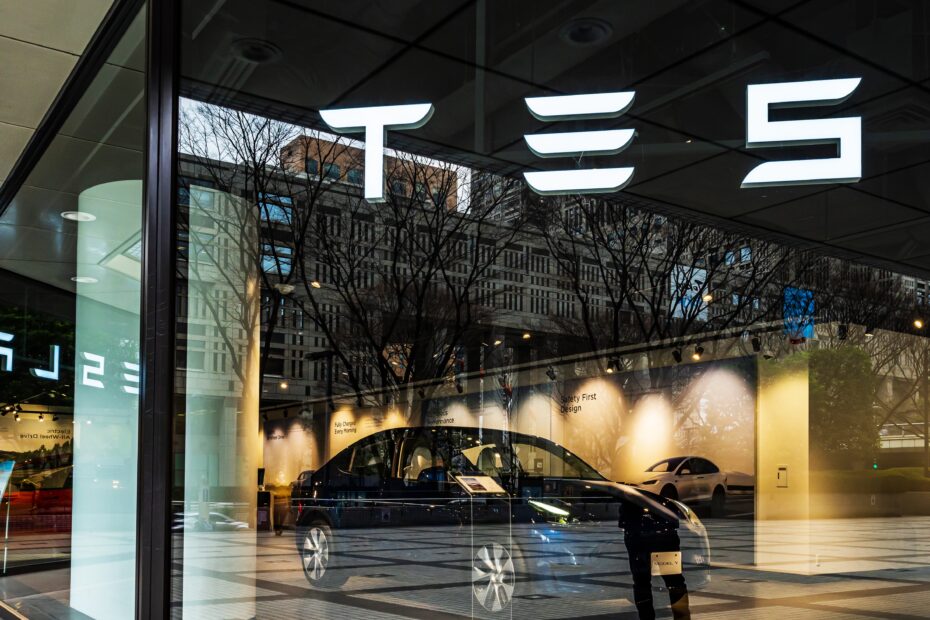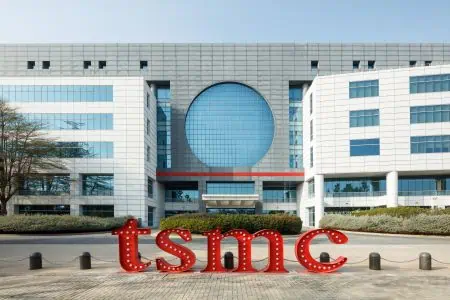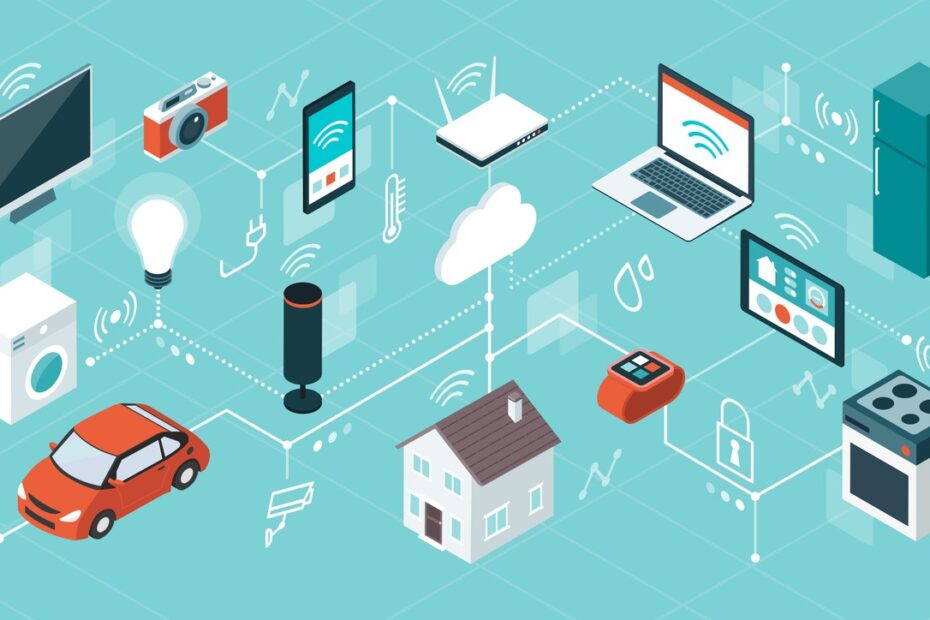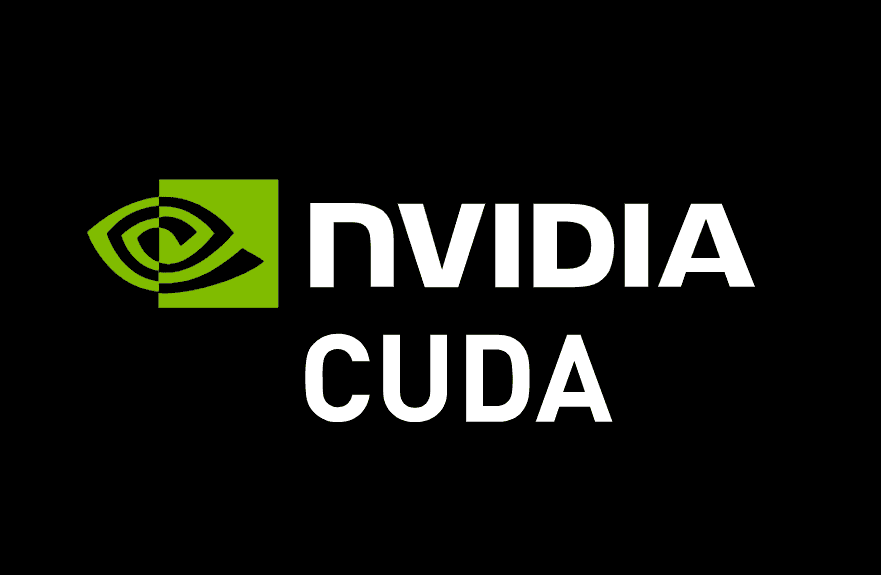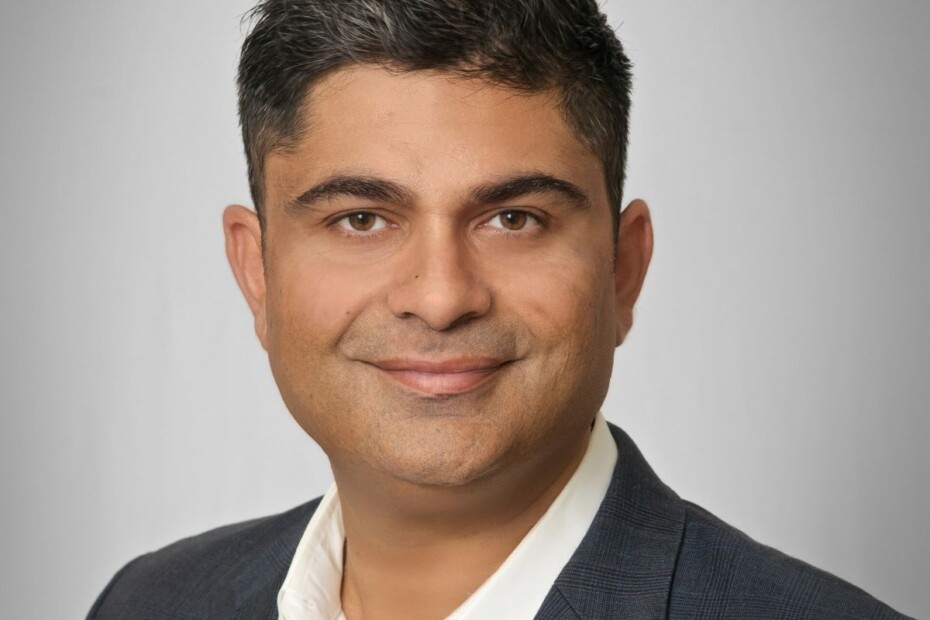By Bolaji Ojo
What’s at stake: Artificial Intelligence has raised semiconductors to a height unimagined only a few years ago, but as chipmakers rocket to the top of the global equity markets, the burning questions come up: How long will this stratospheric rise continue; what happens when demand for AI chips stalls and what should semiconductor suppliers do to stay relevant in the new economy?
Nvidia Corp.’s drastic rise to become the world’s most valuable publicly traded company is emblematic of a seismic shift: AI chips have ascended to the position of “the new oil,” powering a sprawling ecosystem of generative AI, big data analytics, and automation. But the questions gnawing at everyone aren’t being answered now because most people don’t yet want to examine how long this AI-fueled semiconductor surge will last, the extent of changes taking place in the market’s trajectory, and what could trigger a change in direction.
Many semiconductor industry executives appear ready to weigh in on how their companies are reshaping the dynamics of the global economy, though. At Nvidia’s latest developers’ conference, Jensen Huang, founder and CEO, addressed thousands of developers and industry leaders on the gravity of what his company helped catalyze.
“We are witnessing the dawn of a new industrial revolution,” Huang said. “an AI-driven era that’s being built on silicon.” That’s difficult to dispute. Today, Nvidia is not just a tech giant. It is the giant everyone must beat to stand out. With a market capitalization that has soared past Apple’s and Microsoft’s, the firm now stands as the world’s most valuable public company, its fortunes singularly tied to the voracious appetite for artificial intelligence chips.
Yet, the questions about AI’s validity and future keep coming up. How long will the insatiable demand for AI chips last? Could we be overestimating AI’s transformative power, or, conversely, underestimating the deep dependence the global economy is developing on its silicon backbone?
Read More »AI is Nowhere Near its Zenith, but Fears Persist 



